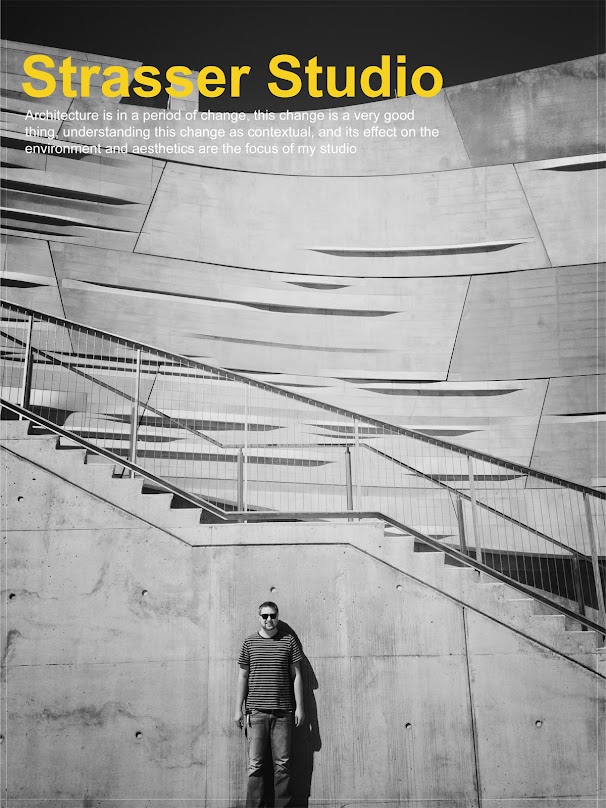Since the end of January I have been working for the Chicago Based architectural firm Adrian Smith + Gordon Gill. My walk to the the office in the morning and the periodic strolls around the city have helped formulate this theory regarding spatial awareness. I am unaware of the history of this concern, however it is my present view that a very sizable proportion of people in our society are spacial blind, or unaware of their immediate surroundings. This may be a direct result of several changes in our society, technology and social trends being two of which that in my view are directly related in a major way. We all have a path in which we follow, there is typically an A to B or perhaps a few pauses here and there. I would argue that that there is at certain times a percent that can be given to the sidewalk travelers. 'Occupied ears vs Free ears'. This percentage is most likely at typical rush hours greater than 50% occupied ears. 'Time constrained pedestrian vs non constrained time pedestrians'. This percentage I would argue is, especially at rush hour times, is greater than 80%. The problem I am proposing is that the more constrained our time and the more occupied our attention the greater the deterioration of spacial awareness. To clarify 'spacial awareness' I offer this; ones immediate connection to his/her immediate context physically, audibly, and mentally by means of ones recognition of his/her place in space and time. I recognize that clarification can be summarized by ones direct 'external space', however I believe there needs to be attention drawn to the pedestrians subconscious as he/she is moving through their path. Take for example a persons place in respect to adjacent surfaces, such as walls/railing etc. Such elements influence our path and awareness to proximity of other objects. A wall when moving along side parallel acts as a guide and also a metric in relieving some of the strain on our spacial awareness. If we deem the wall a constant then we can eliminate the need to monitor the space the wall is occupying, thus enhancing our awareness of the other occupied space around us.
///Audible awareness
One of the greatest factors in maintaining or enhancing our spacial awareness is sorting through all sound and noise around us. Simply by our proximity to objects that reflect sound such as walls, canopies etc, we can gauge our relative relation of our occupied space in conjunction with others, and other elements. As our society and social trends progress towards a greater occupancy of our ears and attention, our audible awareness tends will decrease in turn effecting the overall spacial awareness.
///Social Responsibility for Spacial Awareness
How do we reconstruct our spacial awareness? What responsibility do we have as pedestrians?
I would argue that our roles as pedestrians are not only to borrow walking space, but to glean the understanding of our direct spacial awareness and at which point a greater appreciation of our immediate, then global context will arise.
I would argue that our roles as pedestrians are not only to borrow walking space, but to glean the understanding of our direct spacial awareness and at which point a greater appreciation of our immediate, then global context will arise.
study model #03
judson university
02.18.2010

